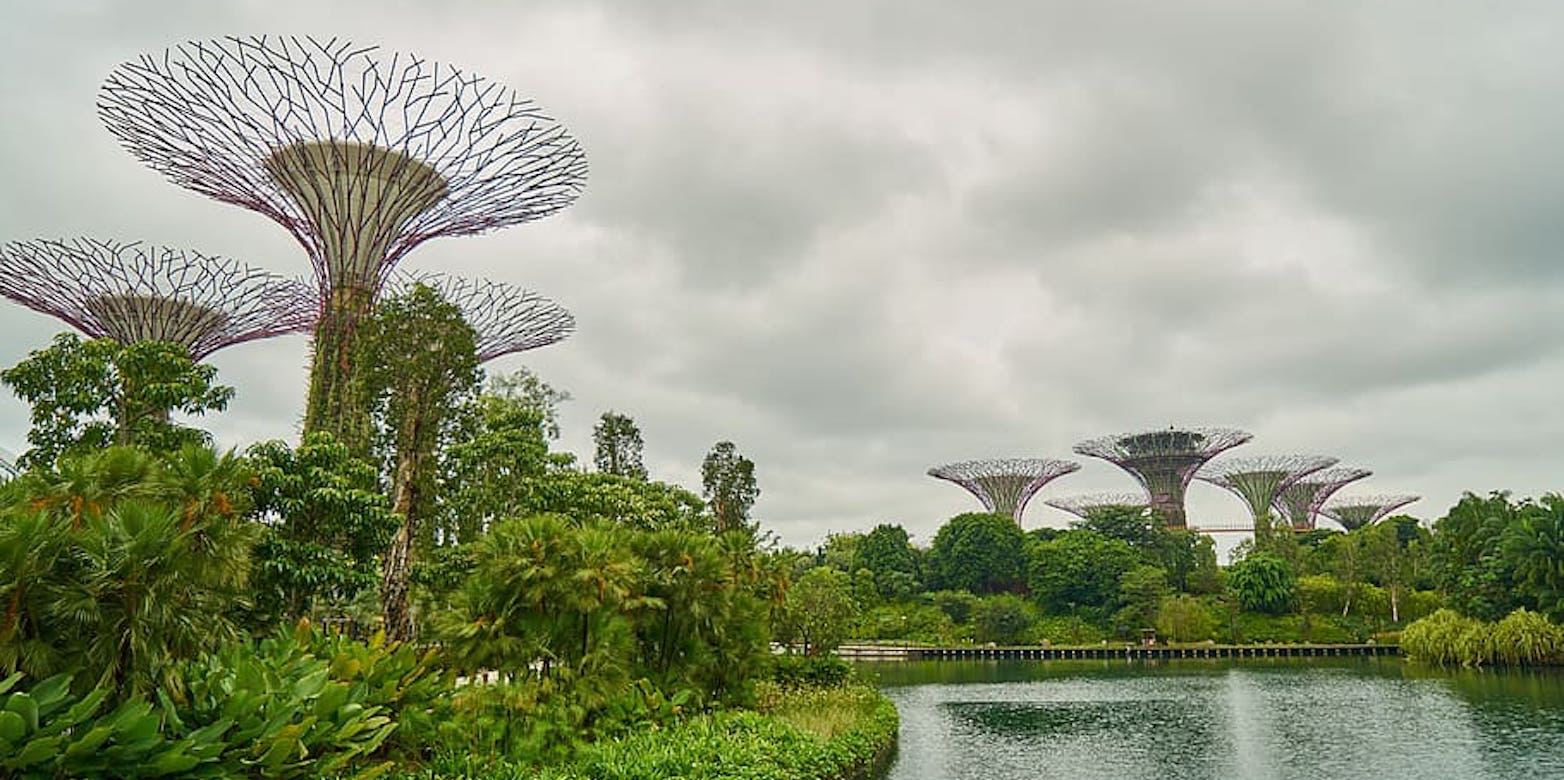Cooling effect of different vegetation
How does the cooling effect of urban areas vary with the usage of different vegetation types? Dr Daniel Richards and co-authors investigate more in the paper published in Urban Forestry and Urban Greening.

In the hot and humid tropics, the higher temperatures of urban areas compared to greener rural areas proves to be a growing concern. This temperature difference is also known as the urban heat island effect. While vegetation potentially plays a part in reducing the temperature of urban areas, the type of vegetation plays a role in determining the extent of the cooling effect.
Dr Daniel Richards, Fung Tze Kwan, Richard Belcher and Prof. Dr Peter Edwards studied five vegetation types that are commonly found in the tropical city of Singapore: grass, shrub, managed trees, managed trees over shrub, and secondary forest. The team monitored ambient air temperatures at 88 locations over 18 months and analysed the information in relation to the different vegetation types.
Using generalised additive modelling, the team concluded that in urban areas with hot humid climates, greenery does reduce temperatures but the effect varies with different vegetation types. Secondary forests were seen to have the greatest cooling effect while increasing the cover of managed trees and managed trees over shrubs below also significantly reduced temperatures.
Their work external page “Differential air temperature cooling performance of urban vegetation types in the tropics” is published in the journal Urban Forestry & Urban Greening in 2020.